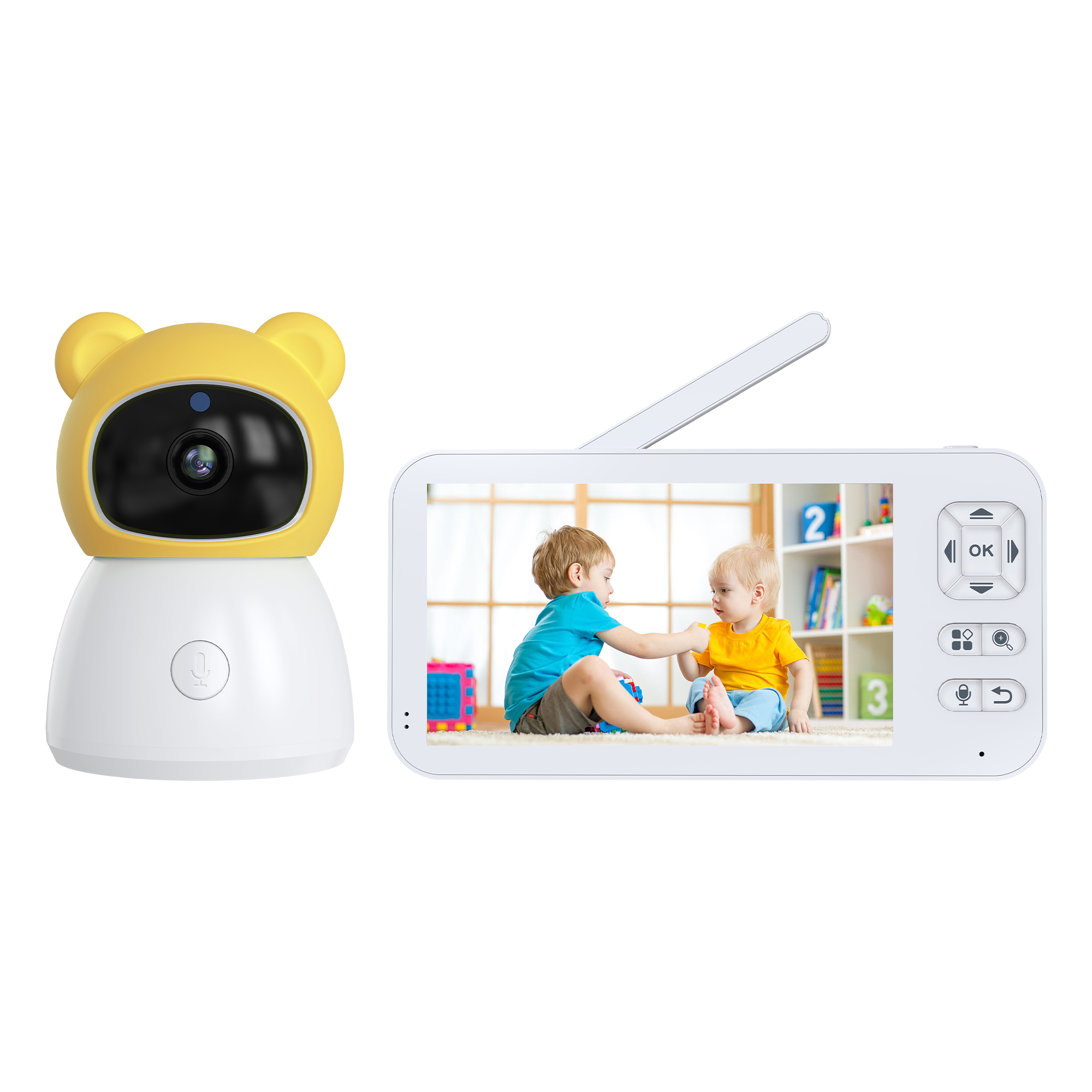智能婴儿监视器技术解析:摄像头传感器与监控画面品质
Time:2024-03-30 09:46:31 Views:64次
Abstract:
This article delves into one of the core technologies of intelligent baby monitors – the camera sensor – and explores its crucial role in monitoring image quality. We provide a detailed overview of the working principle, technical characteristics, and practical applications of camera sensors in intelligent baby monitors, aiming to offer readers comprehensive guidance and reference on camera technology in baby monitors.
Working Principle:
The camera sensor is one of the core components responsible for capturing real-time images of the baby's room in intelligent baby monitors. Its operation is based on optical imaging technology, converting optical signals into electronic signals to capture and transmit monitoring images. When light enters the sensor, the photosensitive element generates corresponding electrical signals, which are then processed, encoded, and eventually displayed as images on the monitoring device.
Technical Characteristics:
CMOS and CCD Technology: Camera sensors typically employ CMOS or CCD technology. CMOS sensors offer advantages such as low power consumption, high integration, and low cost, suitable for most intelligent baby monitors; whereas CCD sensors excel in image quality and low-light performance, suitable for monitoring scenarios with higher image quality requirements.
High Resolution: To provide clear and detailed monitoring images, camera sensors usually have high resolution. High-resolution sensors can capture more details, making monitoring images clearer and more realistic, helping parents accurately observe the baby's condition.
Low-Light Performance: Considering that the lighting conditions in the baby's room may vary, camera sensors typically have excellent low-light performance. Low-light performance allows sensors to maintain image clarity and brightness even in dimly lit environments, ensuring that parents can see the baby clearly at all times.
Case Studies and Extensions:
Case 1: A smart baby monitor equipped with a CMOS sensor features 720p HD resolution and night vision capability. It provides clear and detailed monitoring images during the day and maintains image brightness at night, allowing parents to monitor their baby's condition around the clock.
Case 2: Another smart baby monitor equipped with a CCD sensor, although more expensive, delivers superior performance in low-light environments, making it suitable for users who need continuous monitoring, especially parents who need to observe their baby's condition throughout the night.
Future Outlook:
With the continuous development of technology, camera sensor technology is also innovating and improving. In the future, we can expect further advancements in camera sensor technology in areas such as image processing, low-light performance, and dynamic range to meet users' higher requirements for monitoring image quality. Additionally, as the market for smart baby monitors continues to expand and the level of intelligence increases, camera sensors will also integrate with other intelligent features to provide parents with a smarter and more convenient baby care experience.
Conclusion:
As one of the core components of intelligent baby monitors, the camera sensor plays a crucial role in monitoring image quality. Choosing the right camera sensor is key to ensuring the clarity, brightness, and stability of monitoring images. By gaining a deep understanding of the working principle and technical characteristics of camera sensors, parents can better select intelligent baby monitors that meet their needs, thereby providing better care for their babies.
Chinese Website——http://www.dgjiasong.com
